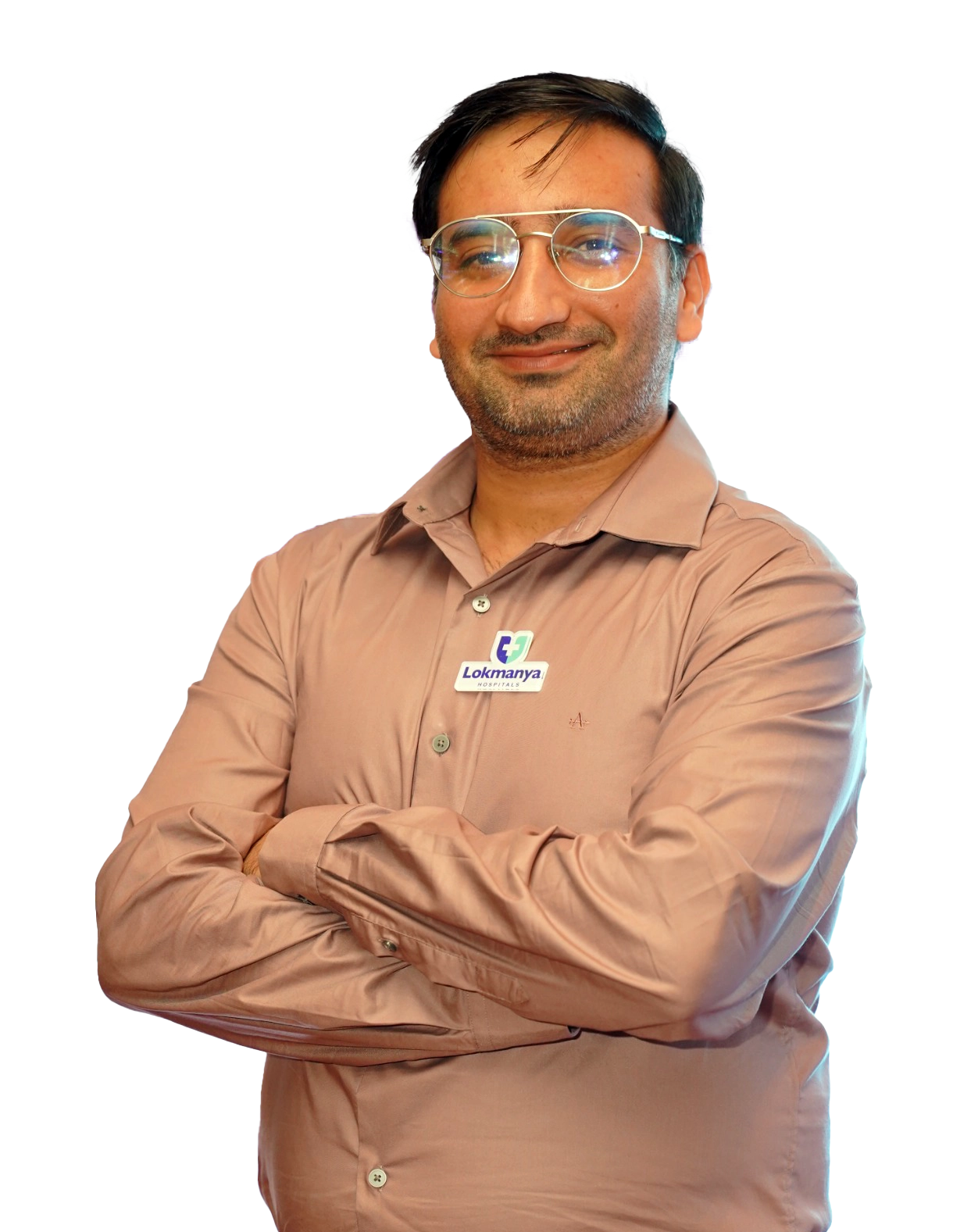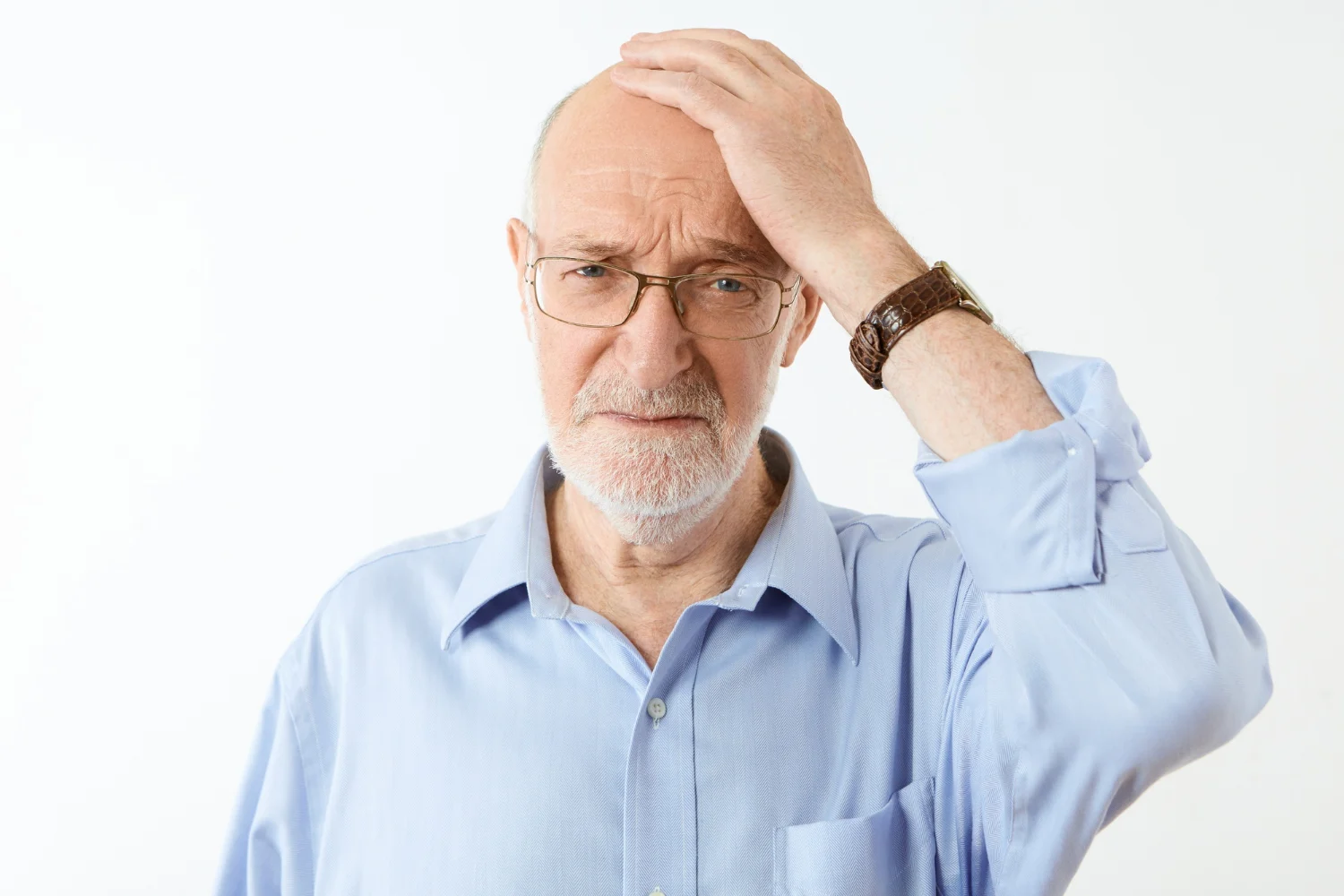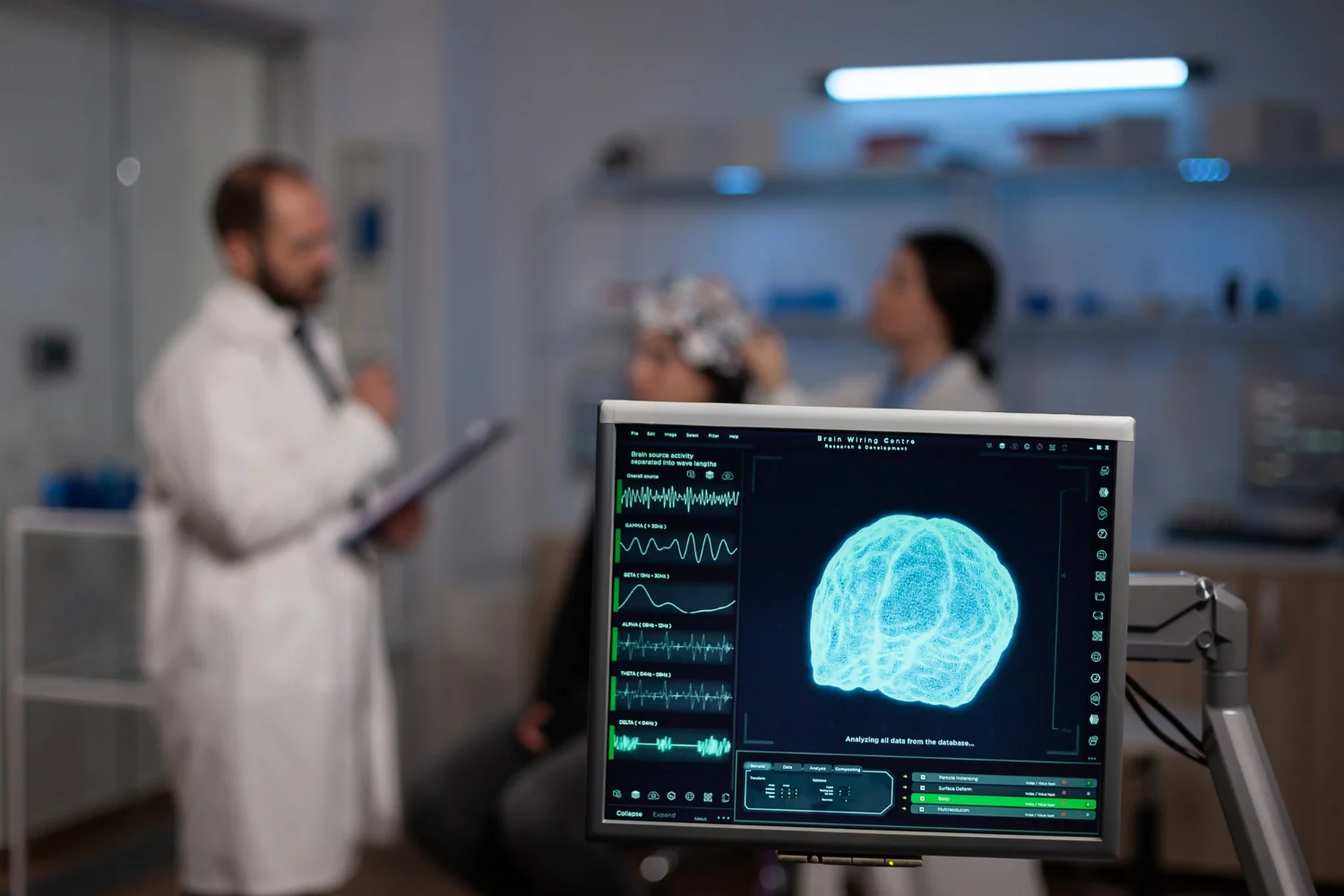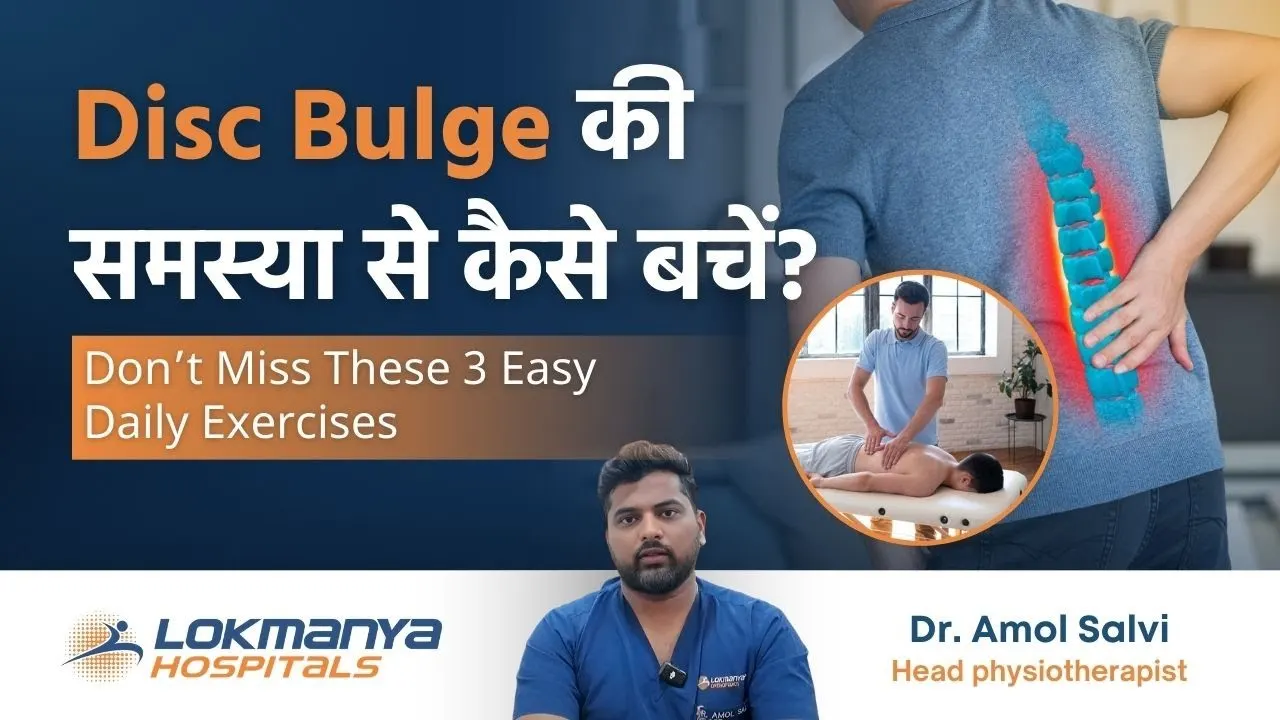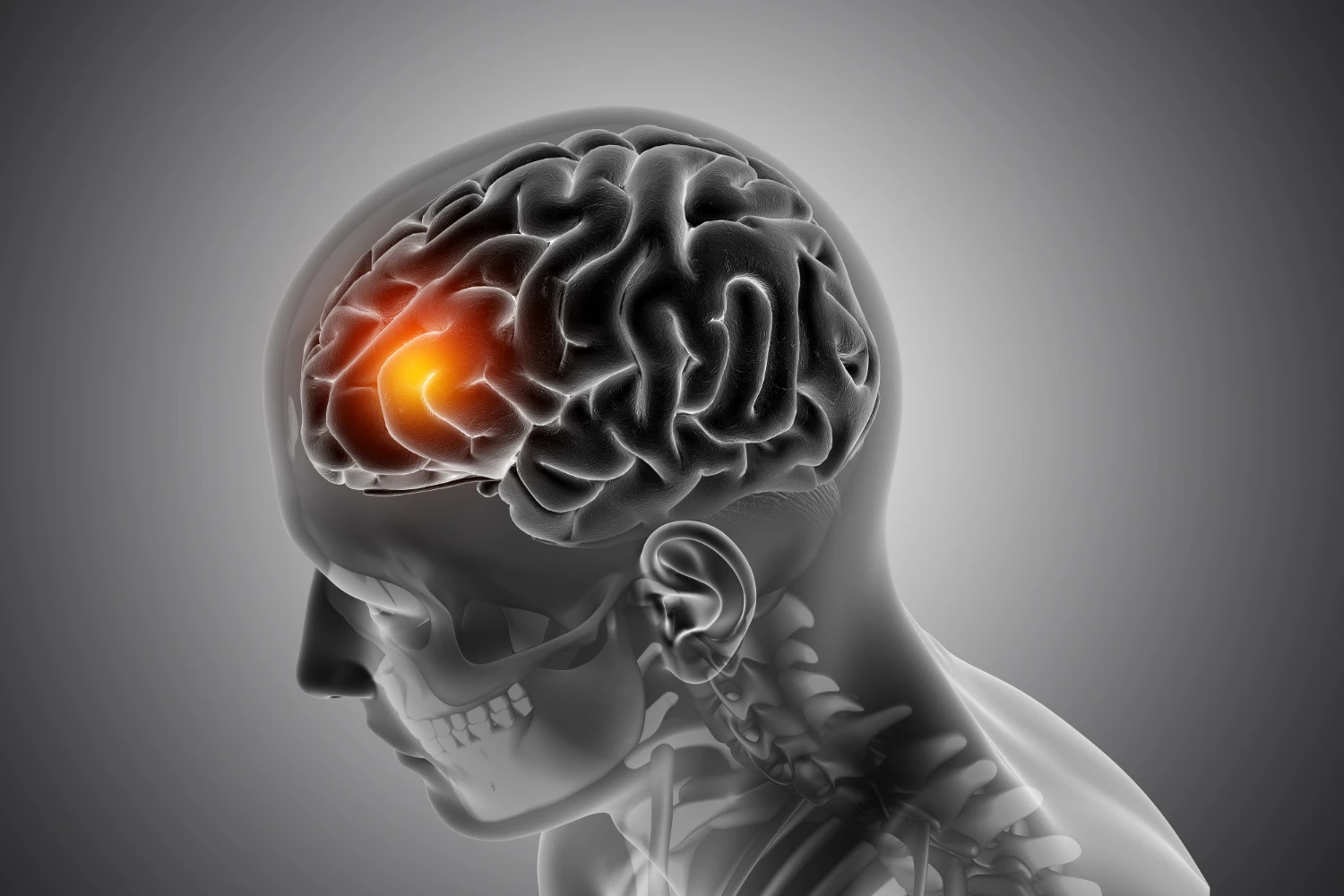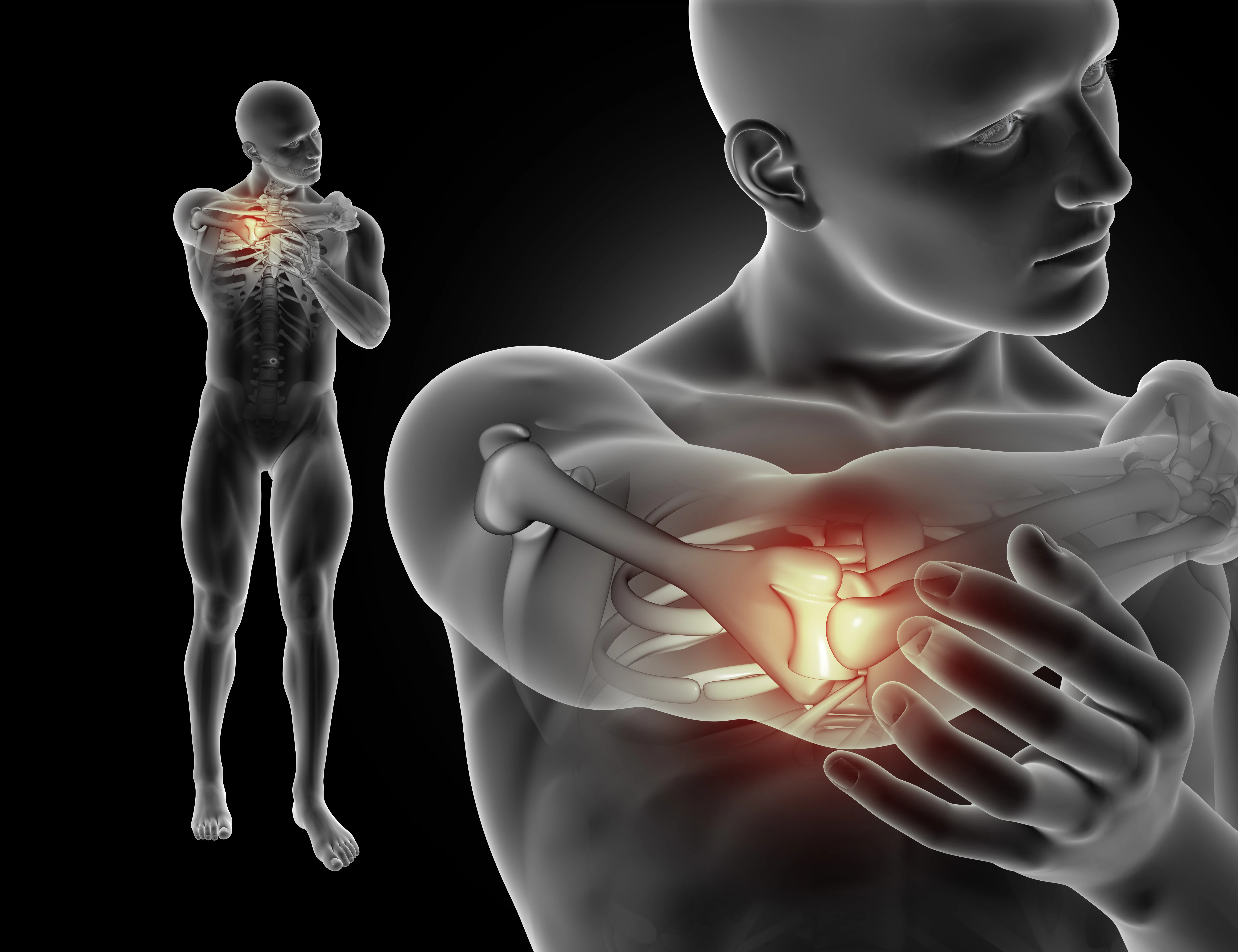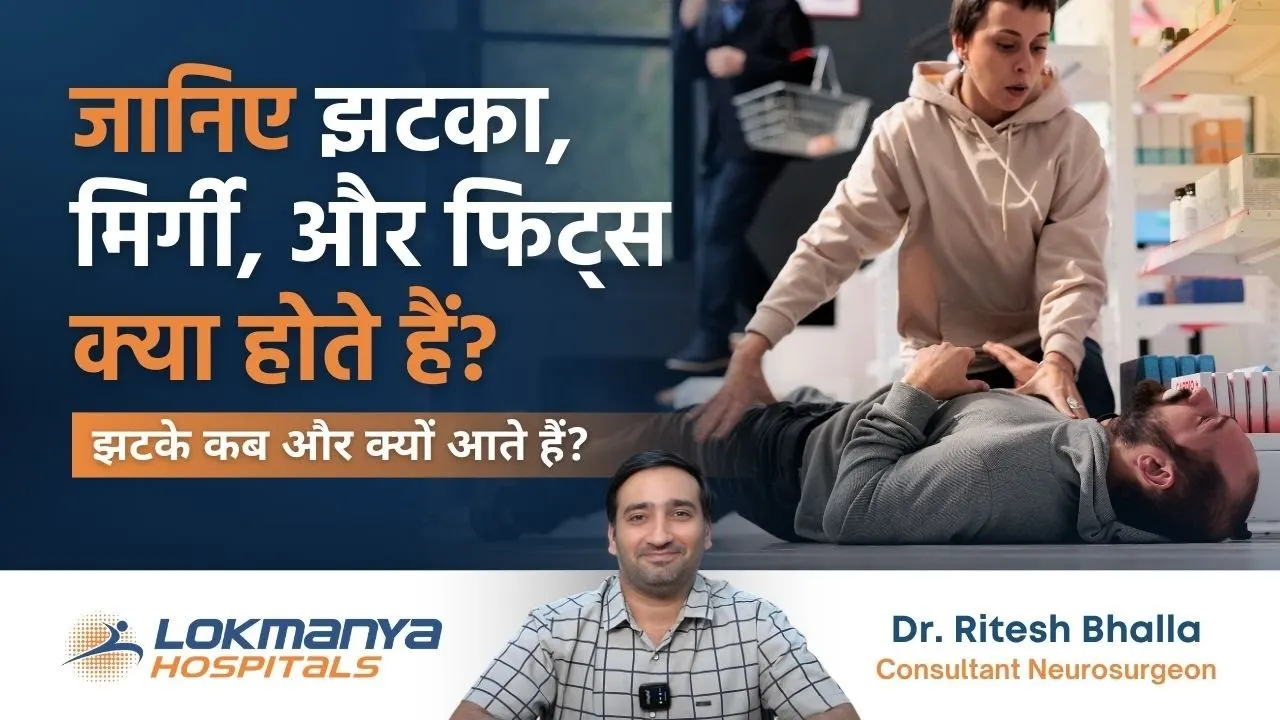What Is Brain Stroke?
Category: Neurology
A brain stroke is a serious medical condition that occurs when the blood flow to a part of the brain is interrupted or reduced, preventing brain tissue from getting oxygen and nutrients. Within minutes, brain cells begin to die. Stroke is a medical emergency, and immediate treatment is crucial to reduce brain damage and improve outcomes.
At Lokmanya Hospital, we understand the urgency and complexity of stroke care. With a dedicated neurosciences department, 24/7 emergency response, and advanced diagnostic tools, we are recognized as one of the best hospitals for stroke treatment in Pune. Our team of neurologists, neurosurgeons, rehabilitation experts, and emergency staff work seamlessly to deliver timely, personalized care.
What Is a Brain Stroke?
A brain stroke, also known simply as a stroke, occurs when there's a disruption in the blood supply to the brain. This can be due to a blockage (ischemic stroke) or a rupture of a blood vessel (hemorrhagic stroke). Without oxygen, brain cells die within minutes, leading to serious complications, disability, or even death if not treated quickly.
What Are the Types of Stroke?
Understanding the type of stroke is essential for proper diagnosis and treatment:
1. Ischemic Stroke
- Caused by blocked arteries or blood clots
- Accounts for about 80-85% of all strokes
- Can result from fatty deposits (atherosclerosis), clots, or heart conditions
2. Hemorrhagic Stroke
- Caused by a ruptured blood vessel in the brain
- Often linked to high blood pressure, aneurysms, or head trauma
- Can be life-threatening and needs immediate surgical attention
3. Transient Ischemic Attack (TIA)
- Also called a mini-stroke
- Temporary blockage with no lasting damage
- A major warning sign of a future full-blown stroke
What Are the Symptoms of a Stroke?
Recognizing the symptoms of stroke early can save lives. Use the acronym BE FAST:
- B – Balance: Sudden loss of balance or coordination
- E – Eyes: Blurred or double vision
- F – Face: Facial drooping, usually on one side
- A – Arms: Arm weakness or numbness
- S – Speech: Slurred or garbled speech
- T – Time: Time to call emergency services immediately
Other symptoms include:
- Sudden severe headache
- Confusion or difficulty understanding speech
- Trouble walking or dizziness
What Causes a Stroke?
Common causes include:
1. High Blood Pressure (Hypertension)
This is the most significant risk factor for stroke. Persistent high blood pressure can weaken blood vessels in the brain, increasing the risk of rupture or blockage.
2. Heart Diseases (e.g., Atrial Fibrillation)
Irregular heart rhythms like atrial fibrillation can cause blood to pool and form clots, which may travel to the brain and block blood flow.
3. Diabetes
Diabetes damages blood vessels over time and increases the risk of clot formation, making strokes more likely, especially when blood sugar levels are poorly controlled.
4. High Cholesterol
Excess cholesterol can lead to plaque buildup in arteries, narrowing them and reducing blood flow to the brain, potentially causing a stroke.
5. Smoking
Smoking damages blood vessels and increases blood pressure, heart rate, and the likelihood of clot formation—significantly raising stroke risk.
6. Obesity and Sedentary Lifestyle
Being overweight and inactive contributes to high blood pressure, diabetes, and poor cholesterol levels, all of which are key stroke risk factors.
7. Family History of Stroke
Genetics can play a role—if stroke runs in your family, you may have a higher risk due to inherited conditions like hypertension or heart disease.
8. Excessive Alcohol Consumption
Heavy drinking can raise blood pressure, lead to irregular heartbeat, and weaken blood vessels—all contributing to stroke risk over time.
Addressing these underlying issues is key in both prevention and post-stroke recovery.
How Is Stroke Diagnosed?
At Lokmanya Hospital, our neurologists use state-of-the-art tools to ensure rapid diagnosis:
- CT scan: Quickly detects bleeding or ischemic damage
- MRI: Provides detailed brain imaging
- Carotid ultrasound: Checks for narrowed arteries
- Cerebral angiography: Views blood flow in the brain
- Blood tests and ECG: To identify underlying causes
Fast diagnosis is critical – the earlier a stroke is treated, the better the chances of recovery.
How Is Stroke Treated?
Treatment depends on the type of stroke:
Ischemic Stroke:
- Clot-busting drugs (like tPA) if given within 3–4.5 hours
- Mechanical thrombectomy to remove clots
- Blood thinners and antiplatelet therapy for prevention
Hemorrhagic Stroke:
- Surgery to repair blood vessel damage
- Medications to control blood pressure and reduce brain swelling
- Drain placement to relieve pressure
TIA:
Lifestyle changes, medications, and in some cases, surgery (e.g., carotid endarterectomy) to prevent full stroke
Can Stroke Be Prevented?
Yes. Up to 80% of strokes are preventable by managing risk factors:
- Monitor and control blood pressure and diabetes
- Eat a heart-healthy diet
- Exercise regularly
- Avoid smoking and alcohol
- Manage cholesterol levels
- Go for regular health checkups, especially if you're at high risk
What Is Stroke Rehabilitation?
Recovery doesn’t end with treatment—it starts there. Stroke rehabilitation is vital to regain independence.
We offer:
- Physical therapy to improve movement
- Occupational therapy for daily task training
- Speech therapy for language and swallowing recovery
- Cognitive therapy for memory and thinking skills
- Psychological counseling to manage post-stroke depression or anxiety
At Lokmanya, our in-house rehabilitation experts offer tailor-made recovery plans for every patient.
When Should You Seek Help?
Immediately. If you or a loved one shows any symptoms of a stroke—even if they seem to improve quickly—seek emergency care. Remember: time is brain.
Delaying treatment could lead to irreversible damage, disability, or death. Lokmanya Hospital’s emergency services are available 24/7 to handle stroke and other neurological emergencies with precision and speed.
Why Choose Lokmanya Hospital for Stroke Treatment?
At Lokmanya Hospital, we recognize that in stroke care, every second counts. That’s why our 24/7 emergency neurology team is always prepared to deliver fast and precise treatment. With advanced neuroimaging tools, a dedicated Stroke Unit equipped with ICU support, and experienced specialists, we ensure swift diagnosis and immediate medical intervention to minimize brain damage and improve survival outcomes.
As one of the best hospitals in Pune for stroke treatment, we offer comprehensive, end-to-end care—from emergency response and minimally invasive neuro-interventions to rehabilitation and emotional support. Our patient-centric model ensures personalized treatment plans that include physical therapy, lifestyle coaching, and psychological care, helping patients regain independence and quality of life after a stroke.
Conclusion
A brain stroke can be life-altering, but early recognition, rapid treatment, and quality rehabilitation can significantly improve outcomes. Whether you’re managing risk factors or seeking care for a recent stroke, Lokmanya Hospital in Pune is your trusted partner for complete neurological health.
Looking for the best hospital in Pune for stroke treatment? Reach out to Lokmanya Hospital today and take the first step toward expert care and recovery.
FAQ
Q1. What is a brain stroke?
A brain stroke occurs when the blood supply to part of the brain is interrupted, causing brain cells to die due to lack of oxygen. It requires immediate medical attention.
Q2. What are the main types of stroke?
There are three main types:
- Ischemic Stroke – caused by blocked blood flow
- Hemorrhagic Stroke – caused by bleeding in the brain
- TIA (Transient Ischemic Attack) – a temporary blockage, also called a mini-stroke
Q3. What are the early warning signs of a stroke?
Watch for sudden face drooping, arm weakness, slurred speech, loss of balance, or blurred vision. Use the BE FAST method for recognition.
Q4. How is stroke diagnosed?
Doctors use imaging tests like CT scans, MRIs, and ultrasounds along with blood tests and heart checks to diagnose the type and severity of the stroke.
Q5. Can stroke be prevented?
Yes, by managing risk factors such as high blood pressure, diabetes, high cholesterol, obesity, and avoiding smoking or excessive alcohol.
Q6. What treatments are available for stroke at Lokmanya Hospital?
Lokmanya Hospital offers emergency clot-busting treatments, neuro-interventional surgery, advanced imaging, and personalized stroke rehabilitation.
Q7. Is recovery possible after a stroke?
With early treatment and consistent rehabilitation (physical, speech, and cognitive therapy), many patients recover and regain independence.
Q8. Why choose Lokmanya Hospital in Pune for stroke treatment?
Lokmanya Hospital is among the best hospitals in Pune for stroke treatment, offering 24/7 emergency neurology care, advanced diagnostics, and holistic rehabilitation.
